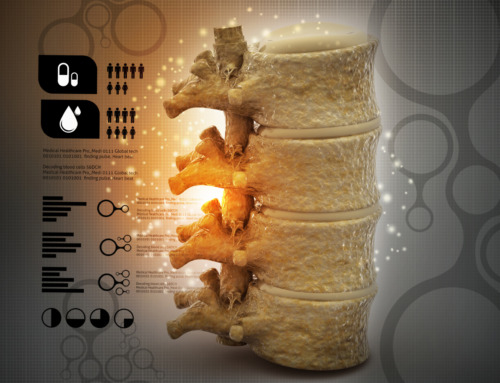Spinal pain in the lumbar (lower back) and cervical (neck) regions is highly prevalent, and it is typically the source of many lost workdays. The thoracic spine can also be a site of spine pain, but since it is more rigid than the lumbar and cervical spines, it is much less likely to be injured. This article covers the various imaging tests used to diagnose spine pain.
Common Imaging Tests For Spine Pain
The following are the most common diagnostic imaging studies for spine pain:
X-ray
An X-ray of the spine displays the bone structures in detail. An x-ray is particularly effective for detecting degenerative changes or fractures causing pain. If spinal instability is suspected, flexion and extension X-rays may be ordered.
MRI Scan
A magnetic resonance imaging (MRI) scan is a common method of evaluating the spine and its soft tissues- including the discs and nerve roots. In some cases, MRI scans might help distinguish between a chronic illness and an acute one. When analyzing spine pain with a history of previous surgery, MRIs are frequently performed after a contrast dye is administered to enhance the view of blood flow in the spine region under analysis.
CT Scan
A CT scan uses radiation to create a sequence of cross-section images of the spine that are then processed by a computer. Especially when an MRI is not an option, a CT scan with a contrast dye injected into the spinal canal is occasionally used to get a clearer image of the soft tissues. A thorough analysis of the generated images is then used to point out the cause of spine pain.
Other less common diagnostic imaging tests include:
SPECT Scan
The SPECT scan uses nuclear imaging to assemble cross-sections of spine images on a computer. When viewing the delicate bones of the spine, SPECT is usually deployed in conjunction with a bone scan to show more areas and in greater detail. SPECT can also be used with CT scans to better visualize a metabolic anomaly, such as a tumor, and its relationship to the bony structures.
DEXA Scan
A DEXA scan, also known as bone densitometry, measures the density of thoracic bones. This scan is frequently used to determine the risk of osteoporosis and small vertebral fractures causing spine pain.
Conclusion
Imaging scans are the most advanced form of a diagnostic technique for spine pain. They are not only non-invasive but are also more comprehensive. In some cases, several imaging tests may be performed as part of the diagnosis process for spine pain. If you are living with spine pain and wish to find the root cause of your ailment, visit First State Spine for a comprehensive diagnosis. Contact using the form below:






